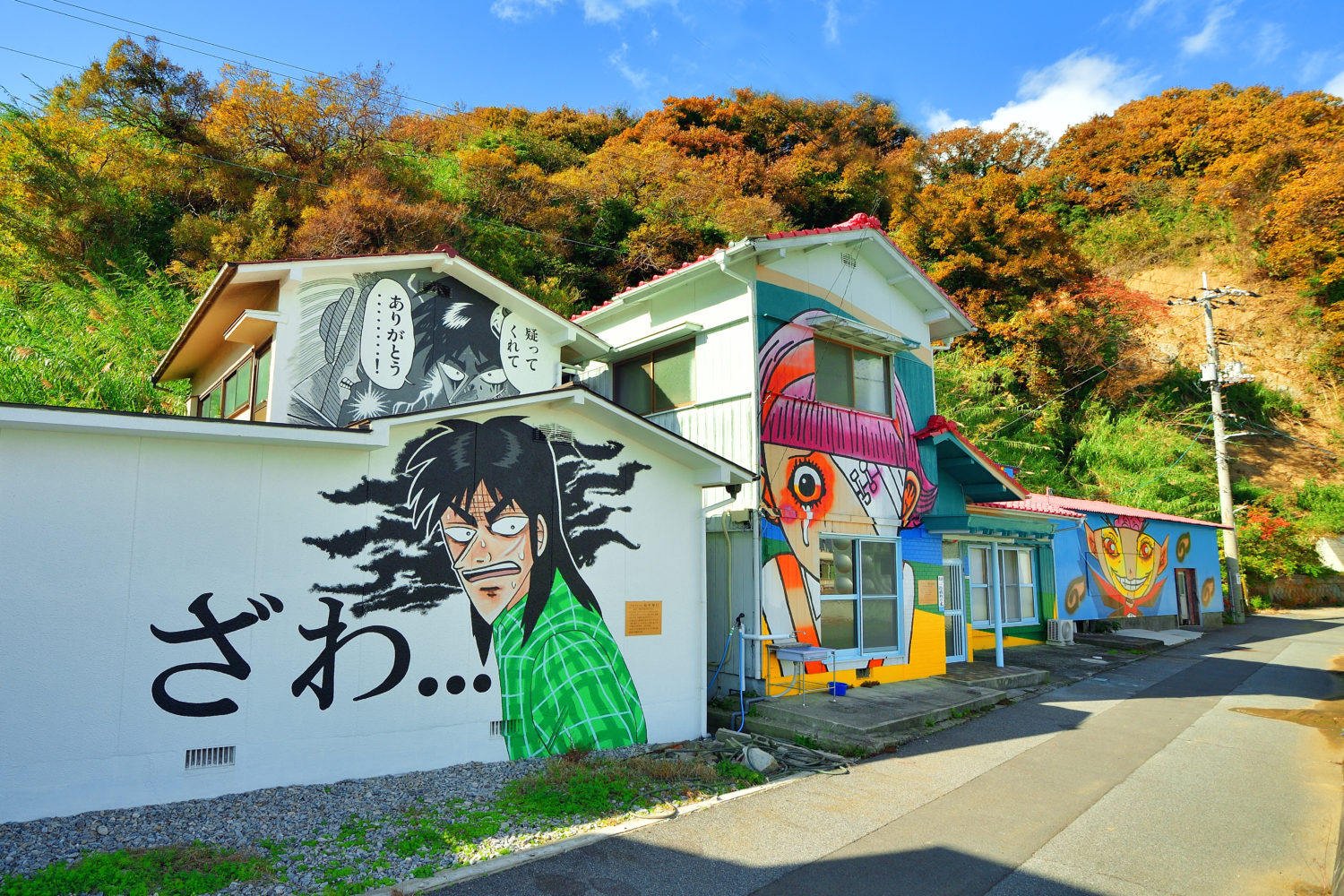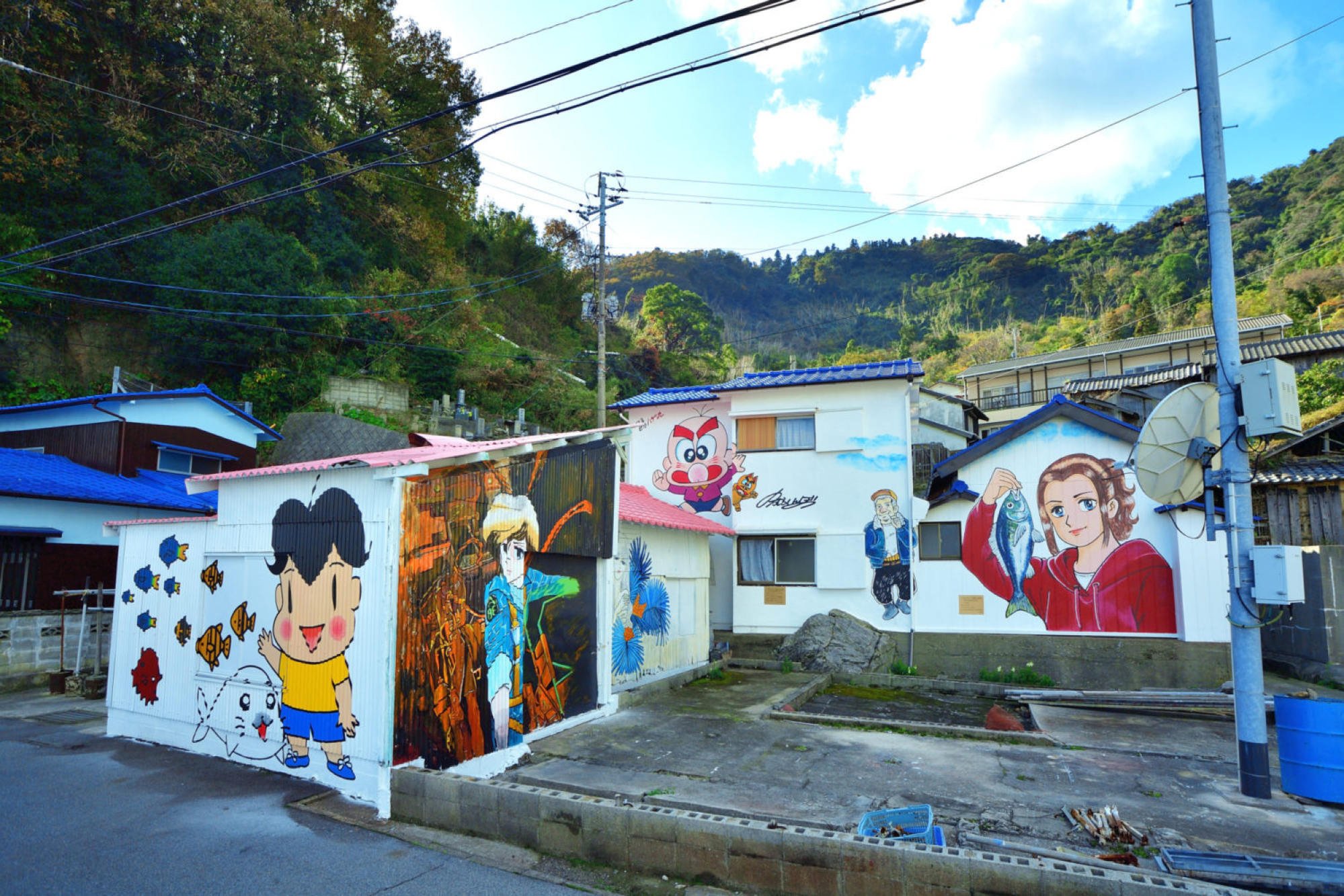Could manga be the unlikely saviour of this dying Japanese island?
The declining island, home to just 11 people, recently saw the opening of a manga school that residents hope will reverse its fortunes

On a tiny island in western Japan where just 11 residents remain, a bold experiment is under way to stave off extinction – by transforming the remote outpost into a global hub for manga.
In April, the 1.34 sq km (0.5 square-mile) island of Takaikamishima opened a dedicated manga school in hopes of reviving its fortunes through one of Japan’s most iconic cultural exports.
Twenty-three elementary and junior high school students from elsewhere in the Kamijima municipality – which includes Takaikamishima – have already enrolled.
The initiative marks the culmination of an eight-year effort led by two elderly manga enthusiasts determined to give the depopulated island a second life.
Sadamu Kimura, 74, one of the island’s few remaining residents, joined forces with Osamu Hasebe, a 76-year-old medical corporation executive from Yamanashi prefecture, to bring the project to life.
Both men dream of making Takaikamishima a pilgrimage site for manga fans around the world.
“If students from here go on to become professional artists, I think this will become a kind of sacred place for manga,” Hasebe said at the school’s inauguration ceremony on April 27, according to The Mainichi newspaper.
The school now occupies the island’s former elementary and junior high school, which shut in 2023. Renovated and repurposed, the facility includes three classrooms and a manga reference room.
The programme offers six intensive courses, each with full-day classes held twice a month between late May and late July. The curriculum covers everything from building storylines to illustrating characters, backgrounds, robots and machines.
I hope we are overwhelmed with people who want to relocate hereMasanori Baba, island residents’ association
Tuition for each course costs 80,000 yen (US$547), which includes instruction, accommodation and meals. Up to 30 students can enrol in each course, with applications open to aspiring manga artists from across the country.
Naruto Maegami, a junior high school student from another island in Kamijima prefecture, said the lessons were easy to follow. “It was fun,” he told The Mainichi. “The teacher’s explanation was easy to understand.”
Overseeing the school’s launch was Masanori Baba, who also heads the residents’ association on the island. He moved to Takaikamishima in 2022 with his wife and two daughters, bumping the population up to 11. He hopes to see that number triple in his lifetime.
For that to happen, the island needs an economy, Baba said – and the manga school could be the start of something bigger. “I hope we are overwhelmed with people who want to relocate here,” he said.
Manga has been steadily remaking the island in recent years. Over the past decade, public buildings – including the community hall – have become canvases for colourful murals. More than 30 manga characters now adorn the island’s harbourfront buildings, transforming the waterfront into a vibrant open-air gallery.

Takaikamishima had around 300 residents in the 1950s, most of whom made a living from fishing and farming. But its population had shrunk to just 51 by 2007 – the same year Hasebe first visited and began looking for ways to halt the island’s decline.
The island is one of roughly 256 inhabited “remote islands” officially recognised under Japan’s Remote Islands Development Act – a law aimed at sustaining isolated communities and securing the nation’s territorial integrity.
While these communities are home to less than 0.3 per cent of Japan’s population, they play an outsize role in safeguarding the nation’s maritime borders and exclusive economic zones, according to the Ministry of Land, Infrastructure, Transport and Tourism.
“It’s hard for people who live on islands to come up with ways to develop the community,” Kamijima’s Mayor Toshiyuki Uemura told The Mainichi. “That they decided to implement this manga project is a wonderful development that we never would have thought of.”